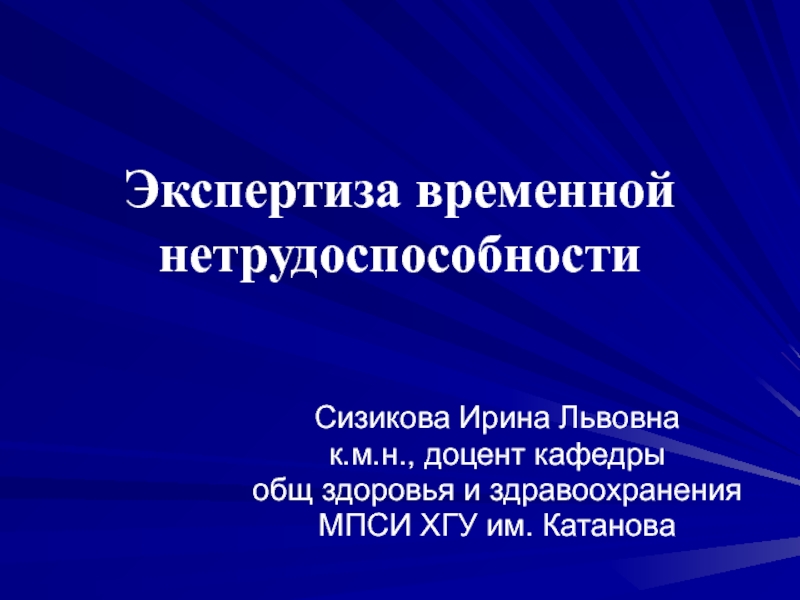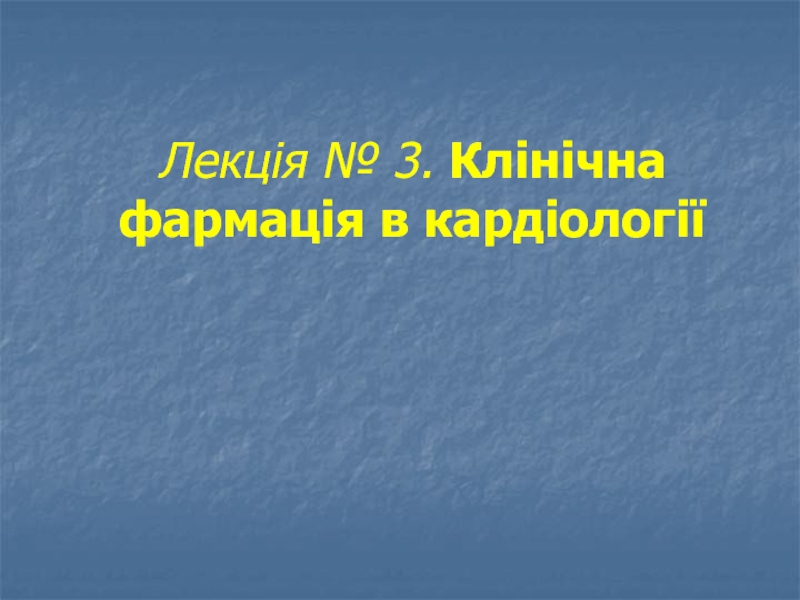- Главная
- Разное
- Дизайн
- Бизнес и предпринимательство
- Аналитика
- Образование
- Развлечения
- Красота и здоровье
- Финансы
- Государство
- Путешествия
- Спорт
- Недвижимость
- Армия
- Графика
- Культурология
- Еда и кулинария
- Лингвистика
- Английский язык
- Астрономия
- Алгебра
- Биология
- География
- Детские презентации
- Информатика
- История
- Литература
- Маркетинг
- Математика
- Медицина
- Менеджмент
- Музыка
- МХК
- Немецкий язык
- ОБЖ
- Обществознание
- Окружающий мир
- Педагогика
- Русский язык
- Технология
- Физика
- Философия
- Химия
- Шаблоны, картинки для презентаций
- Экология
- Экономика
- Юриспруденция
The art of презентация
Содержание
- 1. The art of
- 2. Class 3 Photo by Yuya Salto [link]
- 3. Emotion Photo by Yuya Salto [link]
- 4. Photo by Alex Eflon [link]
- 5. Photo by Chloe Fan [link]
- 6. Concepts 1 20 mins A
- 7. Self-awareness Photo by ЕленАндреа [link]
- 8. Emotion Photo by Jill M [link]
- 9. Emotion Antonio Damasio,
- 10. Emotion Emotions evolved
- 11. Emotion Victor Johnston,
- 12. Emotion Joseph LeDoux,
- 13. Emotion Photo by Ed Yourdon [link]
- 14. Emotion Daniel Siegel, UCLA
- 15. Emotion Rapid triggering Reflexive responses Sensing ≠ comprehension
- 16. Who cares? Photo by Marco Arment [link]
- 17. A premise Photo by
- 18. Photo courtesy University of Wisconsin [link] Emotional style
- 19. Emotional style Photo
- 20. Emotional style
- 21. Emotional style
- 22. A caveat Photo by Sue Clark [link]
- 23. A caveat “A map
- 24. 6 dimensions Attention Context-sensitivity Outlook Recovery time (Resilience) Self-awareness Social intuition
- 25. Photo by Philip Bird [link] Attention
- 26. Attention Sharpness
- 27. Attention Prefrontal
- 28. Attention •---------------------------------------------------------•
- 29. Photo by Vincent Lock [link] Context- sensitivity
- 30. Context- Ability
- 31. Context- Hippocampus
- 32. Context- •---------------------------------------------------------•
- 33. Photo by Ivan Walsh [link] Outlook
- 34. Outlook Ability
- 35. Outlook Reward
- 36. Outlook •---------------------------------------------------------•
- 37. Photo by Eric Richardson [link] Recovery time
- 38. Recovery time
- 39. Recovery time
- 40. Recovery time
- 41. Photo by Seattle Yoga News [link] Self-awareness
- 42. Self-awareness Ability
- 43. Self-awareness Insula activity Photo by Seattle Yoga News [link]
- 44. Self-awareness •---------------------------------------------------------•
- 45. Photo by Ed Yourdon [link] Social intuition
- 46. Social intuition
- 47. Social intuition
- 48. Social intuition
- 49. Emotion Photo by Tania Cataldo [link] management
- 50. Emotion Management ≠ suppression management
- 51. Emotion Reframing Self-soothing Talking about feelings management
- 52. Reframing Photo by Rodrigo Baptista [link]
- 53. Reframing Cognitive reappraisal
- 54. Reframing The meanings
- 55. Self-soothing Photo by Amanda Patsopoulou [link]
- 56. Self-soothing Physiological modification Active steps to change our emotional state
- 57. Self-soothing Response modification Active choice in how we express emotion
- 58. Self-soothing Deeper, slower
- 59. Talking about Photo by Garry Knight [link] feelings
- 60. Talking about feelings
- 61. Building capacity (aka)
- 62. Getting MESSy Photo by Paul Colley [link]
- 63. Getting MESSy Mindfulness Exercise Sleep hygiene Stress reduction
- 64. Mindfulness Photo by Strevo [link]
- 65. Mindfulness Non-judgmental awareness & acceptance of experience
- 66. Mindfulness Daniel Siegel Openness Observation Objectivity
- 67. Mindfulness The most
- 68. Mindfulness Meditation A
- 69. Mindfulness Meditation Journaling Time in nature Regular reflective practice
- 70. Mindfulness Practical steps
- 71. Exercise Photo by Gregor Winter [link]
- 72. Exercise Emotions are physiological experiences Mind/body integration ≠ hippie bullshit
- 73. Sleep hygiene Photo by Drriss & Marrionn [link]
- 74. Sleep hygiene Being
- 75. Stress reduction Photo by Sara V. [link]
- 76. Stress reduction Plug leaks Lead more, do less Boundaries, not balance
- 77. To sum up Photo by
- 78. For next time… Photo by Kim Faires [link]
- 79. Happiness Photo by Kim Faires [link]
- 80. Two exercises Photo by Kim Faires [link]
- 81. Photo by dotmatchbox [link] Activity-Fit Diagnostic
- 82. Activity-Fit 12
- 83. Photo by Basti Hirsch [link] VIA Survey
- 84. VIA Survey
Слайд 4Photo by Alex Eflon [link]
Where are we
Self-awareness
Role of emotion
Emotional style
Emotion
going?
Слайд 5Photo by Chloe Fan [link]
How will we
Like last week
Short lectures
Work
Two coaching conversations
get there?
Слайд 6
Concepts 1 20 mins
A coaching conversation 25 mins
Concepts 2 15 mins
Another conversation 25 mins
For next
Agenda
Photo by Theresa Thompson [link]
Слайд 9
Emotion
Antonio Damasio, USC
What purpose do emotions serve?
What role do they
Слайд 10
Emotion
Emotions evolved to support survival
Uncontrolled emotion & bias can lead
But emotion is integral to reasoning
Essential for efficient decision-making
Слайд 11
Emotion
Victor Johnston, New Mexico State
“Discriminant hedonic amplifiers”
Boost signals in our
Emotions = Attention magnets
Слайд 17
A premise
Photo by Garry Knight [link]
Emotion management* =
The key to
*Management ≠ suppression
Слайд 19
Emotional style
Photo courtesy University of Wisconsin [link]
Richard Davidson
What is the
Слайд 20
Emotional style
Prefrontal cortex involved in emotion
Emotions related to specific neural
Photo courtesy University of Wisconsin [link]
Слайд 21
Emotional style
6 dimensions of emotional style
Rooted in measurable neurological activity
Photo
Слайд 24
6 dimensions
Attention
Context-sensitivity
Outlook
Recovery time (Resilience)
Self-awareness
Social intuition
Слайд 26
Attention
Sharpness & clarity of focus
(Ability to avoid distractions)
Photo by Philip
Слайд 27
Attention
Prefrontal cortex boosts & dampens signals
Also attunes to external data
Photo
Слайд 28
Attention
•---------------------------------------------------------•
Unfocused, may be Intensely focused,
easily distracted or may lose awareness
overly impulsive or
Photo by Philip Bird [link]
Слайд 30
Context-
Ability to discern differences in social environments & regulate responses
sensitivity
Photo by Vincent Lock [link]
Слайд 31
Context-
Hippocampus activity
Connections between PFC & hippocampus
sensitivity
Photo by Vincent Lock [link]
Слайд 32
Context-
•---------------------------------------------------------•
Unable to discern Highly sensitive to
social differences &
act accordingly social environment
sensitivity
Photo by Vincent Lock [link]
Слайд 36
Outlook
•---------------------------------------------------------•
Highly pessimistic, Highly optimistic,
difficulty sustaining may be resistant
positive feelings negative data
Photo by Ivan Walsh [link]
Слайд 39
Recovery time
Prefrontal cortex activity
Connections between PFC & amygdala
Photo by Eric
Слайд 40
Recovery time
•---------------------------------------------------------•
Fast to recover, may
fail to register or may feel defeated
learn from setbacks by minor setbacks
Photo by Eric Richardson [link]
Слайд 42
Self-awareness
Ability to perceive physical aspects of emotion
Photo by Seattle Yoga
Слайд 44
Self-awareness
•---------------------------------------------------------•
Out of touch with Hyper-aware, may be
physical cues
accompany emotion cues & emotions
Photo by Seattle Yoga News [link]
Слайд 48
Social intuition
•---------------------------------------------------------•
Puzzled by others’ Highly intuitive, may
responses,
obtuse or insensitive others’ responses
Photo by Ed Yourdon [link]
Слайд 53
Reframing
Cognitive reappraisal
James Gross & Rebecca Ray, Stanford
Kevin Ochsner, Columbia
How do
Слайд 54
Reframing
The meanings we assign ? Emotional response
Re-interpret a situation ?
Our mental models shape our experiences
Слайд 58
Self-soothing
Deeper, slower breaths
Speak more slowly & monitor tone
Sense our non-verbals
Shift focus of our attention
Слайд 60
Talking about
feelings
Affect labeling
Amygdala
Talking disrupts negative emotion
Talking about emotion > Thinking
Слайд 67
Mindfulness
The most powerful self-coaching tool
Critical to emotion management
& executive function
Слайд 68
Mindfulness
Meditation
A workout, not a break
Impact in just a few minutes…
…with
Слайд 70
Mindfulness
Practical steps
Meditate 1 minute a day
(Increase over time; commitment is
3 bullet points each morning & evening
Spend 1 hour a week in nature
Слайд 77
To sum up
Photo by Pranav Yaddanapudi [link]
Consider your emotional style
What’s
Build management capacity (Get MESSy)
Слайд 82
Activity-Fit
12 questions
Same as in Lyubomirsky (but easier to score)
Photo by
Diagnostic
![The art ofPhoto by Seth Anderson [link]self-coachingEd BatistaClass 3: April 17, 2015](/img/tmb/3/212462/32994700920ef5490aba1bad2c9f4fac-800x.jpg)
![Class 3Photo by Yuya Salto [link]](/img/tmb/3/212462/acbd55f5c3c4e1c155a83b8a03896a31-800x.jpg)
![EmotionPhoto by Yuya Salto [link]](/img/tmb/3/212462/4255553111e7c2419ff31914667d6312-800x.jpg)
![Photo by Alex Eflon [link] Where are weSelf-awarenessRole of emotionEmotional styleEmotion managementgoing?](/img/tmb/3/212462/c065e5ea5f78eac0bb5c80ea267344cb-800x.jpg)
![Photo by Chloe Fan [link] How will weLike last weekShort lecturesWork with your partnersTwo coaching](/img/tmb/3/212462/3874f0e67c3309b0f324a9f306c30810-800x.jpg)

![Self-awarenessPhoto by ЕленАндреа [link]](/img/tmb/3/212462/154040708e2e91dfad96a8361ac6b462-800x.jpg)
![EmotionPhoto by Jill M [link]](/img/tmb/3/212462/e80acb7b08009b1a3bb4aa094b12b24a-800x.jpg)




![EmotionPhoto by Ed Yourdon [link]](/img/tmb/3/212462/fc75c34640c7589acf6a7eb9980e6c15-800x.jpg)


![Who cares?Photo by Marco Arment [link]](/img/tmb/3/212462/f28703824fd118f45eea1c2fbdb77161-800x.jpg)
![A premisePhoto by Garry Knight [link]Emotion management* =The key to leadership*Management ≠ suppression](/img/tmb/3/212462/a6e26769455e2900898cba0b39680bb5-800x.jpg)
![Photo courtesy University of Wisconsin [link] Emotional style](/img/tmb/3/212462/2e626e6a3132f04323e84f4306aa9474-800x.jpg)
![Emotional stylePhoto courtesy University of Wisconsin [link]Richard DavidsonWhat is the neurological basis for emotion?](/img/tmb/3/212462/58b3dd7922b8a852b09334a31cc030ea-800x.jpg)

![Emotional style6 dimensions of emotional styleRooted in measurable neurological activityPhoto courtesy University of Wisconsin [link]](/img/tmb/3/212462/7a87f553ee33fe1429181b431c65650a-800x.jpg)
![A caveatPhoto by Sue Clark [link]](/img/tmb/3/212462/da209fb976542f997236e3f696d00a96-800x.jpg)


![Photo by Philip Bird [link] Attention](/img/tmb/3/212462/1d65660ed673991514a67f7789a7007a-800x.jpg)
![AttentionSharpness & clarity of focus(Ability to avoid distractions)Photo by Philip Bird [link]](/img/tmb/3/212462/73264fe3b1e92748937a990a27a51afa-800x.jpg)
![AttentionPrefrontal cortex boosts & dampens signalsAlso attunes to external dataPhoto by Philip Bird [link]](/img/tmb/3/212462/90bafbdb9251bc7432fe4474acc25bb2-800x.jpg)

![Photo by Vincent Lock [link] Context-sensitivity](/img/tmb/3/212462/22c705d26fc7eb9629c3b515ee43b12a-800x.jpg)
![Context-Ability to discern differences in social environments & regulate responses accordinglysensitivity Photo by Vincent Lock [link]](/img/tmb/3/212462/db8d75aecceffcc4b2ed0542f7d73e46-800x.jpg)
![Context-Hippocampus activityConnections between PFC & hippocampussensitivity Photo by Vincent Lock [link]](/img/tmb/3/212462/6e77b684204f14839fbaecc50fac2722-800x.jpg)

![Photo by Ivan Walsh [link] Outlook](/img/tmb/3/212462/c0c09a99e4d053085e8c171483560be7-800x.jpg)
![OutlookAbility to sustain positive emotionPhoto by Ivan Walsh [link]](/img/tmb/3/212462/89543a1c5b775a5536b8f8aa3a72fdf2-800x.jpg)
![OutlookReward circuit = PFC & nucleus accumbensPhoto by Ivan Walsh [link]](/img/tmb/3/212462/bec4c9fea7b8fb30c98a93f4a9bd9eb5-800x.jpg)

![Photo by Eric Richardson [link] Recovery time](/img/tmb/3/212462/788279de60ea457cb0a111f456317d3f-800x.jpg)
![Recovery timeSpeed of recovery from adverse experiencesPhoto by Eric Richardson [link]](/img/tmb/3/212462/4bf5ca90b2ec29f0ae26da5ff2d40147-800x.jpg)
![Recovery timePrefrontal cortex activityConnections between PFC & amygdalaPhoto by Eric Richardson [link]](/img/tmb/3/212462/a654cb7e6328a05e9d840169a52bb000-800x.jpg)

![Photo by Seattle Yoga News [link] Self-awareness](/img/tmb/3/212462/3e484d3a15a1532bfdea1307dc34e7b9-800x.jpg)
![Self-awarenessAbility to perceive physical aspects of emotionPhoto by Seattle Yoga News [link]](/img/tmb/3/212462/30d1a1c4c7d613410c29fdd5167f6336-800x.jpg)
![Self-awarenessInsula activityPhoto by Seattle Yoga News [link]](/img/tmb/3/212462/a41f81282c98f286a1e2be4e90ecebd9-800x.jpg)

![Photo by Ed Yourdon [link] Social intuition](/img/tmb/3/212462/ab12e7f7bffadc2c5c2d08981ccab907-800x.jpg)
![Social intuitionAbility to sense others’ emotional responsesPhoto by Ed Yourdon [link]](/img/tmb/3/212462/5d856de4723106a657075ced75be84b3-800x.jpg)
![Social intuitionFusiform gyrus activityAmygdala activityPhoto by Ed Yourdon [link]](/img/tmb/3/212462/b2fc2a4a7baa2b7aa1233e804d817b35-800x.jpg)
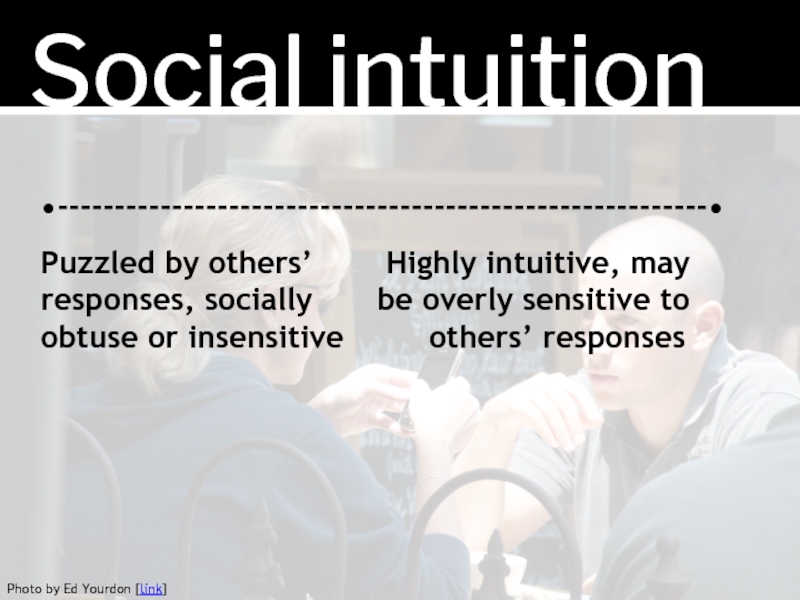
![EmotionPhoto by Tania Cataldo [link]management](/img/tmb/3/212462/04bb776ad731acfc3e8b7be01e766ec7-800x.jpg)


![ReframingPhoto by Rodrigo Baptista [link]](/img/tmb/3/212462/53fac96b3e427b2f2981bb928abed351-800x.jpg)

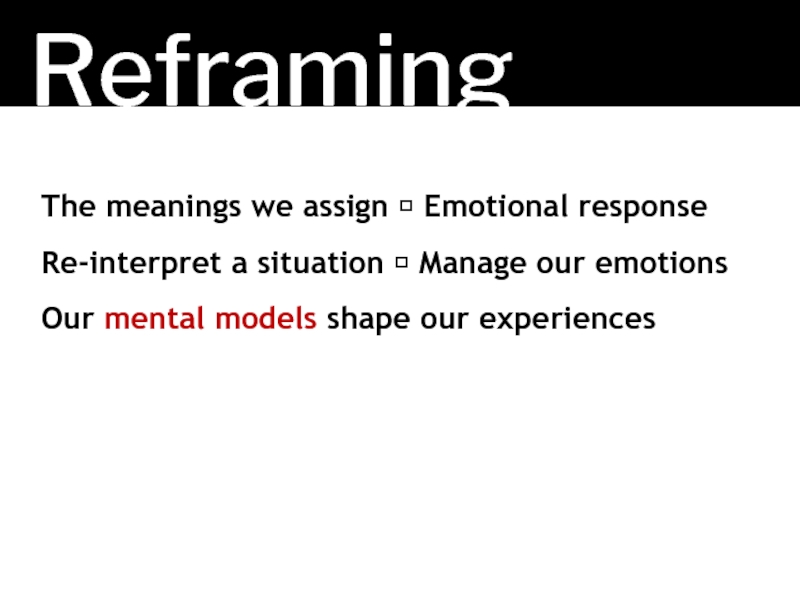
![Self-soothingPhoto by Amanda Patsopoulou [link]](/img/tmb/3/212462/b49cbb057bb0b4ab3afeb2797a0c9ed1-800x.jpg)



![Talking aboutPhoto by Garry Knight [link]feelings](/img/tmb/3/212462/529009e49b19e2f5f385ab169f72b878-800x.jpg)


![Getting MESSyPhoto by Paul Colley [link]](/img/tmb/3/212462/6acc461cd6c26d18b24297819efe724f-800x.jpg)

![MindfulnessPhoto by Strevo [link]](/img/tmb/3/212462/681787aa54c46198c247223d56f7e0ce-800x.jpg)


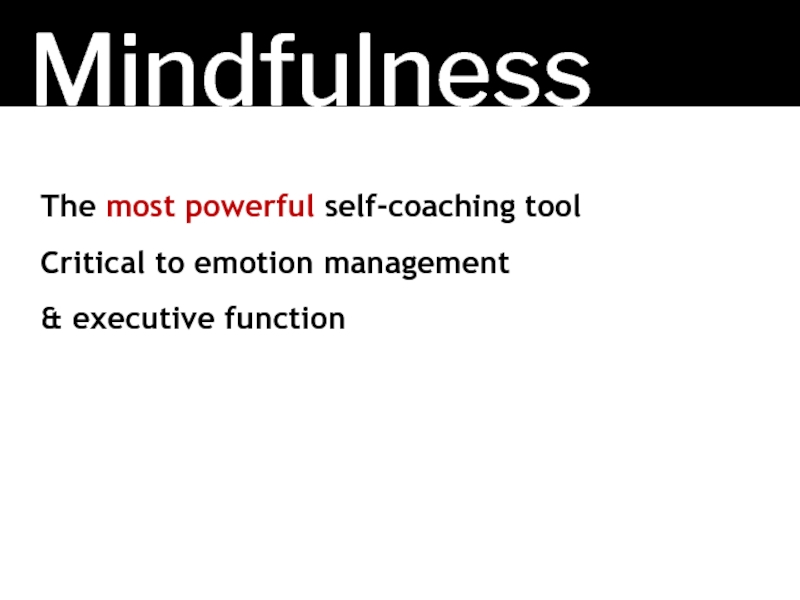



![ExercisePhoto by Gregor Winter [link]](/img/tmb/3/212462/03c4171a46d5580fb9fcd24d6afb0d49-800x.jpg)

![Sleep hygienePhoto by Drriss & Marrionn [link]](/img/tmb/3/212462/d35fba213a96bb2cb05706dc1e3f8b28-800x.jpg)

![Stress reductionPhoto by Sara V. [link]](/img/tmb/3/212462/e00665e1b51dc20b6993166988156d3b-800x.jpg)

![To sum upPhoto by Pranav Yaddanapudi [link]Consider your emotional styleWhat’s working for you? What’s](/img/tmb/3/212462/2bd2c2a42eb4574690aedd532b2df2fe-800x.jpg)
![For next time…Photo by Kim Faires [link]](/img/tmb/3/212462/3a792085af2fe1e04f0789098b211dbb-800x.jpg)
![HappinessPhoto by Kim Faires [link]](/img/tmb/3/212462/6c543d62c23e6c64717cc3f34a1adda8-800x.jpg)
![Two exercisesPhoto by Kim Faires [link]](/img/tmb/3/212462/805bbe769215fd76172377648ccc7c22-800x.jpg)
![Photo by dotmatchbox [link] Activity-FitDiagnostic](/img/tmb/3/212462/0734263e0b64198621666bfcb48a5d1e-800x.jpg)
![Activity-Fit12 questionsSame as in Lyubomirsky (but easier to score)Photo by dotmatchbox [link]Diagnostic](/img/tmb/3/212462/7c246f521aaff91cc1c67b083de04c7e-800x.jpg)
![Photo by Basti Hirsch [link] VIA Survey](/img/tmb/3/212462/0e2b327036824782eb469505d0dcc9c1-800x.jpg)
![VIA Surveywww.viacharacter.org/survey/Account/RegisterLink on Canvas120 questions, 20 minsBe honest with yourselfPhoto by Basti Hirsch [link]](/img/tmb/3/212462/40022996a217eb25c55f6235f47fb1dd-800x.jpg)



